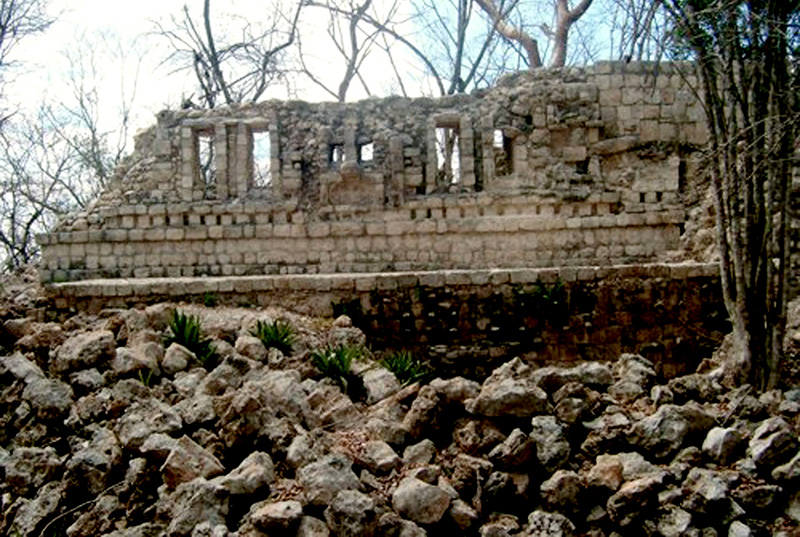Kanki is the Mayan name of a wild bush that has many tiny yellow flowers. Pollok who found it during his expeditions in the Puuc region of Campeche State reported the site on May 1940. The fist evidence of human occupation of the site is dated late on the Early Classic period, between C.E. 500 and 600, reaching its most successful period between C.E.600-650,
and its latest occupation registers are dated between C.E. 800-1000 during the Terminal-Classic period.
The site was built in the Puuc style during its early stages, and it enhances its magnificence due to the vegetation which surrounds it. There are uncountable substructures (or previous constructions) to the last occupation stages of the site.

